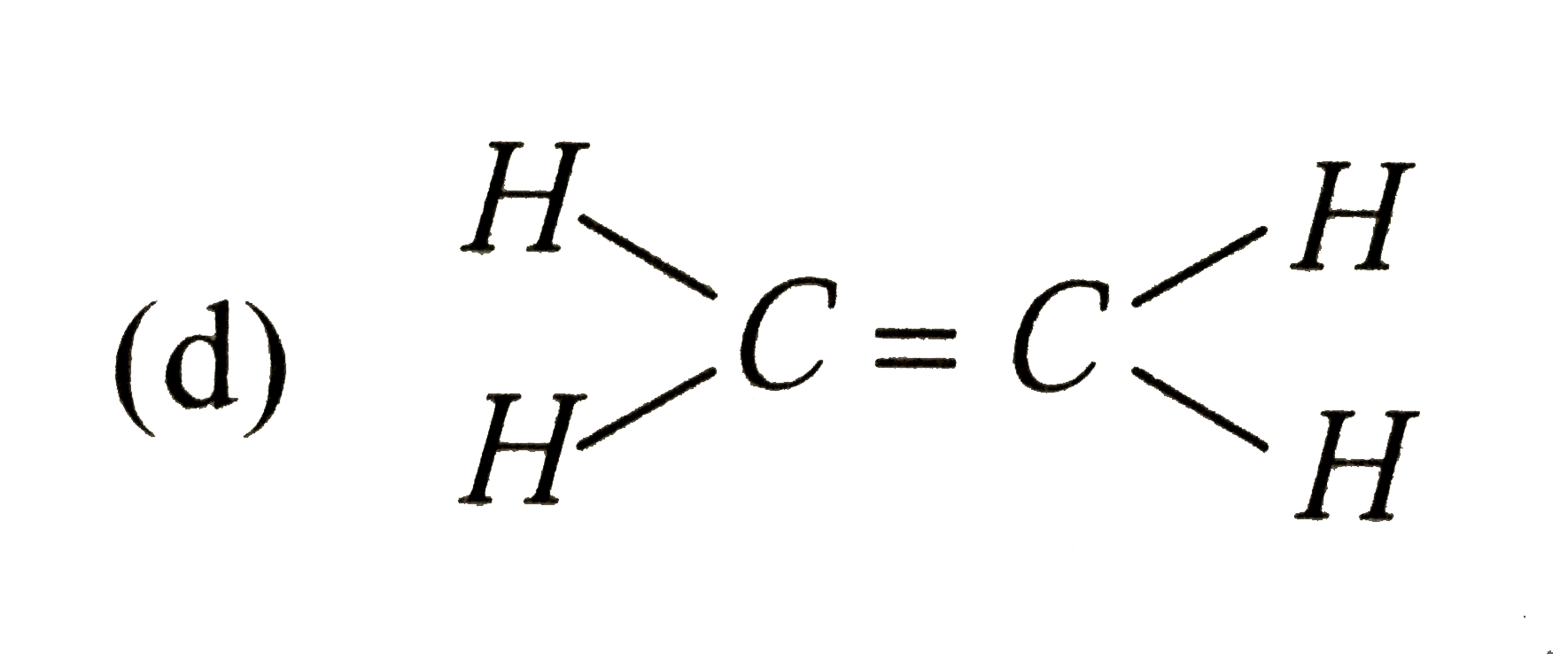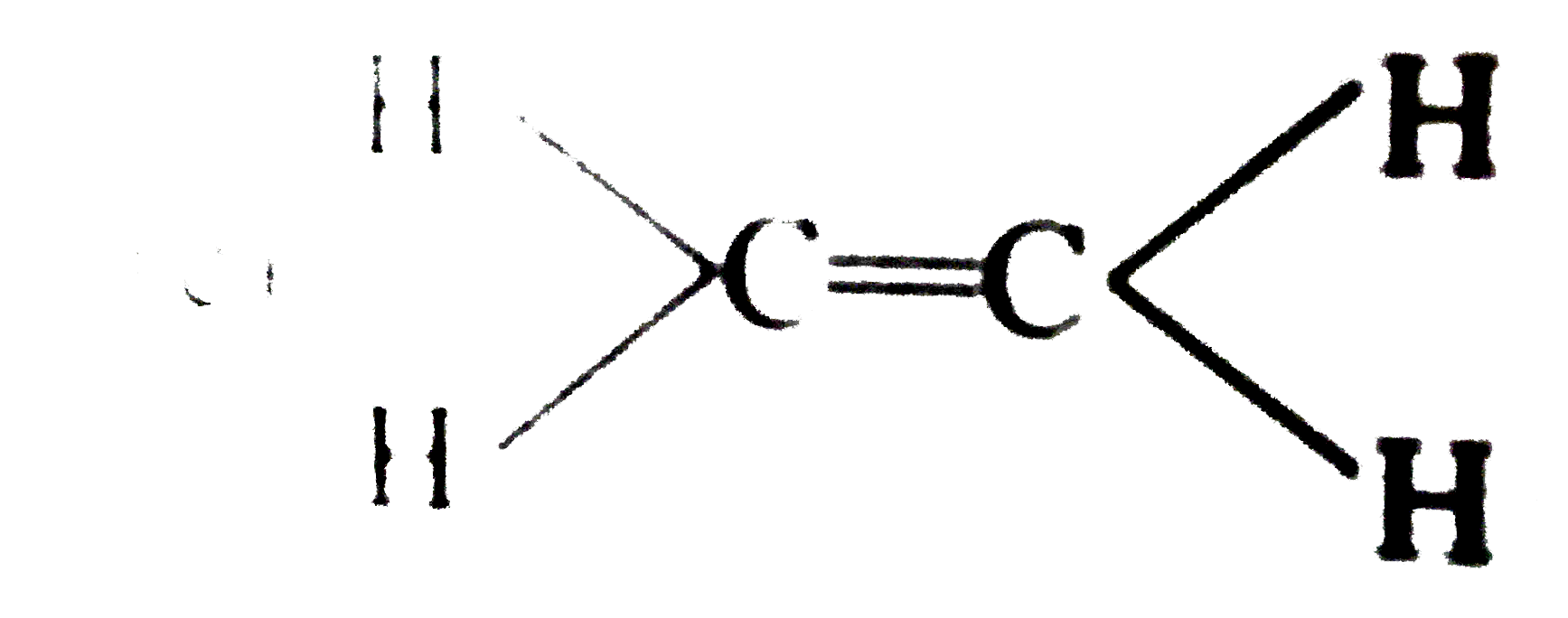Which molecule does not show zero dipole moment
BF3
NH3
CCl4
CH4
The correct Answer is:B
To determine which molecule does not show a zero dipole moment, we need to analyze the molecular geometry and the distribution of electronegativity in various molecules. Here’s a step-by-step solution:
Step 1: Understand Dipole Moment
A dipole moment occurs when there is a separation of charge within a molecule, leading to a positive end and a negative end. The dipole moment is a vector quantity, which means it has both magnitude and direction.
Hint: Remember that dipole moments arise from differences in electronegativity between atoms in a molecule.
Step 2: Analyze BF3 (Boron Trifluoride)
- Geometry: BF3 has a trigonal planar geometry.
- Electronegativity: Fluorine is more electronegative than boron, so the dipole moments of the three B-F bonds point towards the fluorine atoms.
- Resultant Dipole Moment: The three dipole moments cancel each other out due to symmetry, resulting in a net dipole moment of zero.
Hint: Symmetrical molecules with identical bonds often have a zero dipole moment.
Step 3: Analyze NH3 (Ammonia)
- Geometry: NH3 has a trigonal pyramidal geometry due to the presence of a lone pair on nitrogen.
- Electronegativity: The dipole moments of the N-H bonds point towards the nitrogen atom.
- Resultant Dipole Moment: The lone pair pushes the dipole moments upwards, leading to a net dipole moment that is greater than zero.
Hint: Lone pairs can affect the symmetry of a molecule, leading to a non-zero dipole moment.
Step 4: Analyze CCl4 (Carbon Tetrachloride)
- Geometry: CCl4 has a tetrahedral geometry.
- Electronegativity: Chlorine is more electronegative than carbon, so the dipole moments of the four C-Cl bonds point towards the chlorine atoms.
- Resultant Dipole Moment: The four dipole moments cancel each other out due to symmetry, resulting in a net dipole moment of zero.
Hint: Like BF3, CCl4 is symmetrical, leading to a cancellation of dipole moments.
Step 5: Analyze CH4 (Methane)
- Geometry: CH4 also has a tetrahedral geometry.
- Electronegativity: The C-H bonds are slightly polar, but due to the symmetry, the dipole moments cancel out.
- Resultant Dipole Moment: The net dipole moment is zero.
Hint: Similar to CCl4, the symmetry in CH4 leads to a cancellation of dipole moments.
Conclusion
From the analysis, BF3, CCl4, and CH4 all exhibit zero dipole moments due to their symmetrical structures. However, NH3 does not show a zero dipole moment because of its asymmetrical shape and the presence of a lone pair.
Final Answer: The molecule that does not show a zero dipole moment is NH3 (Ammonia).
A dipole moment occurs when there is a separation of charge within a molecule, leading to a positive end and a negative end. The dipole moment is a vector quantity, which means it has both magnitude and direction.
- Geometry: BF3 has a trigonal planar geometry.
- Electronegativity: Fluorine is more electronegative than boron, so the dipole moments of the three B-F bonds point towards the fluorine atoms.
- Resultant Dipole Moment: The three dipole moments cancel each other out due to symmetry, resulting in a net dipole moment of zero.
- Geometry: NH3 has a trigonal pyramidal geometry due to the presence of a lone pair on nitrogen.
- Electronegativity: The dipole moments of the N-H bonds point towards the nitrogen atom.
- Resultant Dipole Moment: The lone pair pushes the dipole moments upwards, leading to a net dipole moment that is greater than zero.
- Geometry: CCl4 has a tetrahedral geometry.
- Electronegativity: Chlorine is more electronegative than carbon, so the dipole moments of the four C-Cl bonds point towards the chlorine atoms.
- Resultant Dipole Moment: The four dipole moments cancel each other out due to symmetry, resulting in a net dipole moment of zero.
- Geometry: CH4 also has a tetrahedral geometry.
- Electronegativity: The C-H bonds are slightly polar, but due to the symmetry, the dipole moments cancel out.
- Resultant Dipole Moment: The net dipole moment is zero.
From the analysis, BF3, CCl4, and CH4 all exhibit zero dipole moments due to their symmetrical structures. However, NH3 does not show a zero dipole moment because of its asymmetrical shape and the presence of a lone pair.
Topper's Solved these Questions
- BOOK - ERRORLESSCHAPTER - CHEMICAL BONDING AND MOLECULAR STRUCTUREEXERCISE - NCERT BASED QUESTIONS (Polarisation and Fajan.s Rule)14videos
CHEMICAL BONDING AND MOLECULAR STRUCTURE
- BOOK - ERRORLESSCHAPTER - CHEMICAL BONDING AND MOLECULAR STRUCTUREEXERCISE - NCERT BASED QUESTIONS (Resonance)10videos
CHEMICAL BONDING AND MOLECULAR STRUCTURE
- BOOK - ERRORLESSCHAPTER - CHEMICAL BONDING AND MOLECULAR STRUCTUREEXERCISE - NCERT BASED QUESTIONS (Hybridisation)67videos
CHEMICAL BONDING AND MOLECULAR STRUCTURE
- BOOK - ERRORLESSCHAPTER - CHEMICAL EQUILIBRIUMEXERCISE - ASSERTION & REASON12videos
CHEMICAL EQUILIBRIUM
Similar Questions
Knowledge Check
- Question 1 - Select One
Which molecules does not show zero dipole moment
ABF3BNH3CCCl4DCH4 - Question 2 - Select One
Which of the following molecules does not have net dipole moment?
ACH3−BrBCH2Cl2CHCOOHD
- Question 3 - Select One
Which of the following molecules does not have net dipole moment?
ACH3−BrBCH2CI2C DHCOOH
DHCOOH

